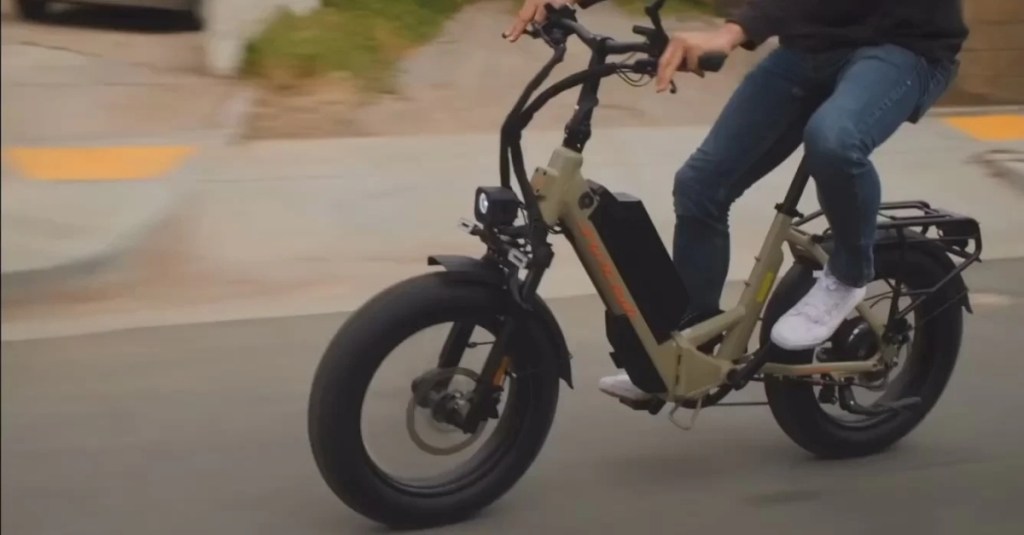If you’ve browsed some of the most popular videos on YouTube lately, you may have noticed something strange: Many of them appear eerily similar. What unites them are their “thumbnails”—the customized photos creators upload to advertise their videos.
Thumbnails play the internet-equivalent role of a movie poster, enticing you to click and watch.
Videos by VICE
If you scroll through YouTube’s latest viral hits, you’ll likely notice that a shocking number of thumbnails appear indistinguishable from one another, like a theater where every film’s poster is the same. Take fidget spinner videos, for example.
Search for the popular toy, and you’ll find thumbnail after thumbnail that adheres to the same formula. There’s a person looking overly excited, the spinner, and a colorful, technicolor background. The accompanying video title is often in caps and usually has more than one exclamation point. These specific thumbnails are so popular that memes have been made poking fun at them.
Dig a little further, and you’ll find that every video on many channels looks the same, as though they were part of a never-ending series.
The work of Matthias, a California-based YouTuber, is the perfect example.
Dozens of videos on his channel have identical thumbnails. He looks shocked, disgusted, or disgruntled on the right side of the frame, and holds an object on the left.
Matthias isn’t using the same template over and over again because he’s lazy. He’s doing it because it works. His videos are viewed millions of times each week, and his channel has over 3.1 million subscribers. After learning what the story was about, Matthias declined to comment.
Plenty of channels employ the same strategy and see similar success, like Karina Garcia, (who has over 5.7 million subscribers) TechSmartt, (over 2.3 million) and Nicole Skyes (over 2.3 million).
When each image looks the same, it’s easy to quickly communicate to viewers what you’re channel is about. On a massive platform like YouTube, where over one billion hours of content is consumed daily, it’s crucial for creators to convince potential fans to click as fast as they can, before they find something more interesting to watch.
So what’s hot in thumbnail trends these days? Essentially turning yourself into an emoji. The brighter, louder, and more intense the thumbnail, the better. Fidget spinner videos, like Pokémon Go ones before them, are the epitome of the form. The images often seek to convey a singular, flat emotion, the same way an emoticon does.
For some artists, that effect is appealing. “I really respond to how absurd these are, and to the high key colors,” Carla Gannis, an artist and professor in the Department of Digital Arts at the Pratt Institute in Brooklyn, told me over email. “They’re kind of emojified portraiture, almost predictions of what we’ll all look like once we’re fully immersed in augmented reality.”
For others, the images represent something more dystopian. “The state of the current internet is an absolute garbage fire,” digital artist Petra Cortright said when I sent her several thumbnails over email.
If you want to be a popular YouTuber, you’re going to have to figure out what your thumbnail brand is about.
“I’m not against people who do this for their thumbnails but.. those with the exact same format of a Youtuber’s startled/horrified/disgusted face slapped onto a screenshot…it turns me off from actually clicking in to watch nowadays,” a thumbnail artist who goes by Natsumen told me over Reddit.
If you want to be a popular YouTuber, you’re going to have to figure out what your thumbnail brand is about. Thankfully, a small economy exists to help YouTubers create the most appealing, clickable thumbnails possible.
There are user-friendly, photoshop-esque tools for editing your own thumbnails, an endless number of how-to guides for crafting the perfect image, and artists offering their thumbnail creative services.
Thumbnail crafting has become such a ubiquitous part of YouTube culture that there’s even a Twitter account chronicling the funniest, or worst examples.
The stylized thumbnails of today feel in sharp contrast to the grainy, mysterious ones that dominated YouTube only a few years ago. The curiosity gap between a thumbnail and the actual content of a video used to be much wider. Clicking felt like taking a leap of faith because it was often impossible to tell what waited in the video itself.
Now, much of YouTube has become commercialized. Creators are no longer amateurs armed with webcams—they’re increasingly wealthy micro-celebrities. It’s too risky for a creator to upload a video without a customized thumbnail, because their livelihood depends on whether users click and watch.
Thumbnails were also more mysterious before YouTube introduced its “thumbnailer” tool. Implemented in 2015, it relies on artificial intelligence to automatically generate the most compelling portions of a video, which are then turned into thumbnails. Even if a creator chooses not to upload a custom option, YouTube now ensures their video is as enticing as possible.
For those who do create custom thumbnails, the aesthetic future of their genre isn’t yet clear. But it does seem like the extreme, colorful images that are in vogue now can’t be forever. What’s certain is YouTube creators will need to keep finding ways to get users to click if they want to survive.
Get six of our favorite Motherboard stories every day by signing up for our newsletter .
More
From VICE
-

Camp Snap -

Juiced -

Screenshot: Epic Games -

Credit: Google
